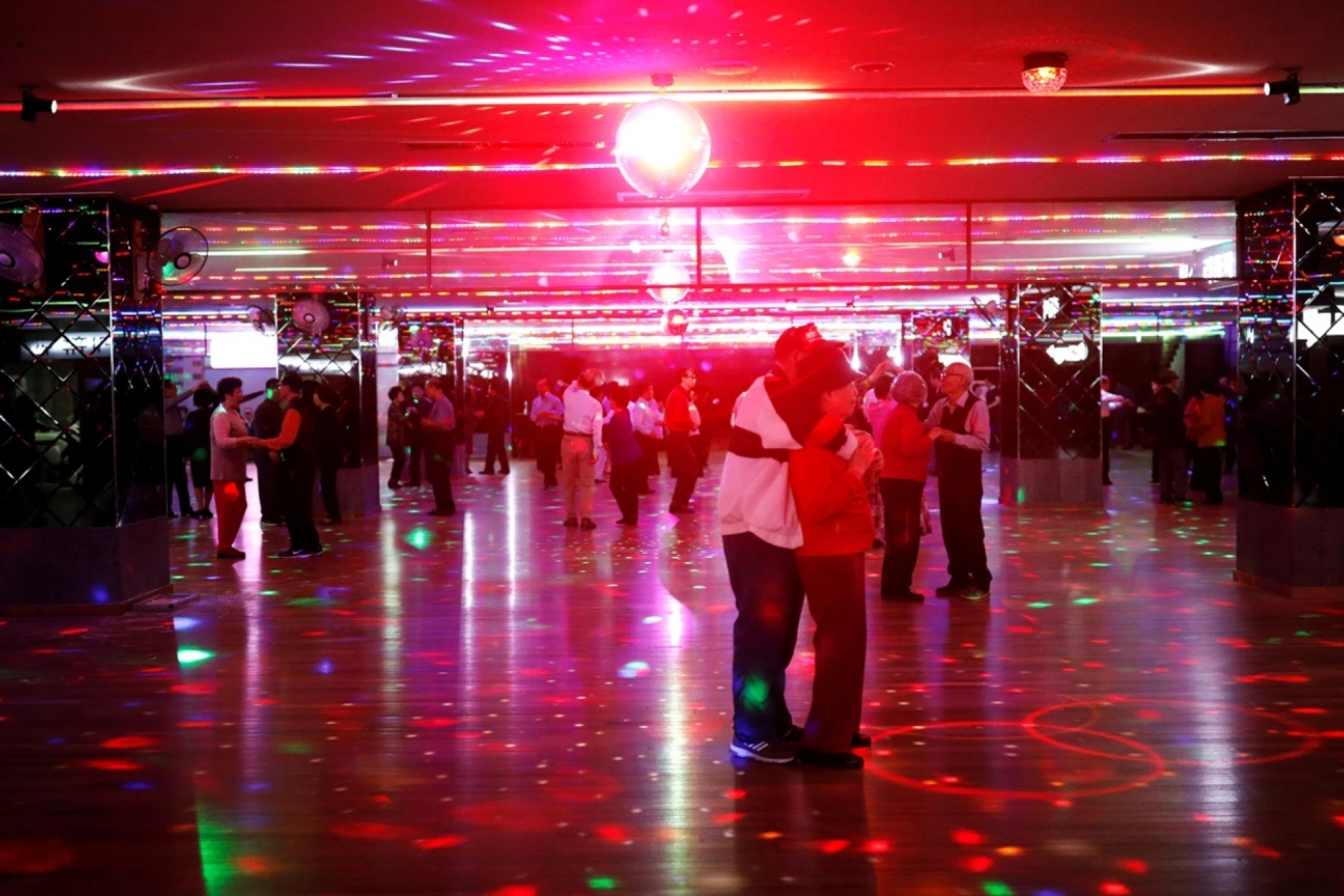 Features
Features
David Mancuso’s child-like party spirit shines on in Korea’s ‘colatecs’
Weekends in Seoul see 2,000 old-age, happy ‘ravers’ gathering at daytime discos
In the book Dancing Is the Best Medicine: The Science of How Moving to a Beat is Good for Body, Brain, and Soul, two neuroscientists with a passion for dancing demonstrate that all forms of dance — from raves to ‘colatecs’ — help people, both young and old, live flourishing lives.
Last year I watched my mother slowly die from dementia and kidney failure. Because COVID-19 was raging in the US at the time, I was not able to fly back to Seattle from Seoul to be with her, so I literally watched the life depart from her body on my phone, one labored breath at a time. She was 85 years old.
I often imagine that if my mother had the opportunity to dance the afternoons away at a ‘colatec’, I’m sure she would have not only lived longer but, more importantly, would have flourished as she aged. Dancing might not cure neurodegenerative diseases, but it can slow their progression. And rocking to a beat does help prevent diabetes which keeps the kidneys in good shape.
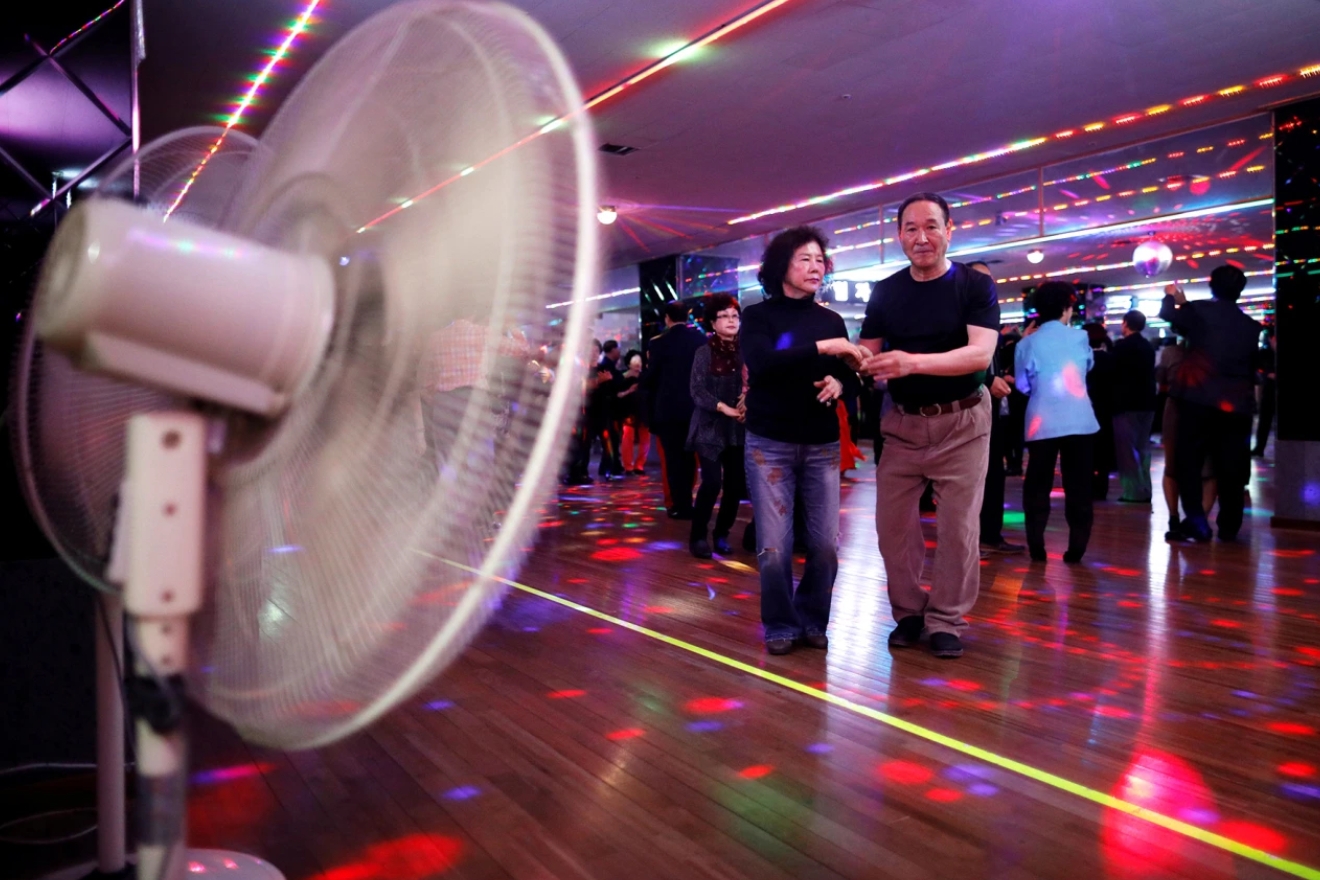
In the 1990s, colatecs, a portmanteau of ‘cola’ and ‘discotheque’, emerged in South Korea as alcohol-free dance spaces for teens. However, as Internet cafes and karaoke rooms began to colonise the leisure time of teenagers, colatecs pursued a demographic at the opposite end of the age spectrum; the elderly. South Korea has a rapidly aging population, and many elderly people are living alone and in poverty. As the Korea Times puts it “The generation that has helped rebuild Asia's fourth-largest economy from the ruins of the 1950-1953 Korean War are now the most depressed and impoverished among member countries of the Organisation for Economic Co-operation and Development.”
Read this next: 30 photos that prove disco balls rule the world
There are around 1,000 daytime discos for the elderly in South Korea, and some colatecs see up to 2,000 elderly ravers on the weekend. For the record, the most popular drink for the dancers isn’t cola, but probiotic yogurt. By creating a joyful sense of community and kinship amongst a vulnerable population, colatecs perform many of the same functions as underground discos in the 1970s and raves in the late 1980s and 1990s.
One of the founders of modern dance music culture was David Mancuso, whose legendary Loft parties in New York City in the 1970s brought together a diverse mix of people, many of whom were marginalised because of their race and/or sexuality. The Loft provided a safe, healing, communal space where people were allowed to express themselves freely and creatively on the dance floor.
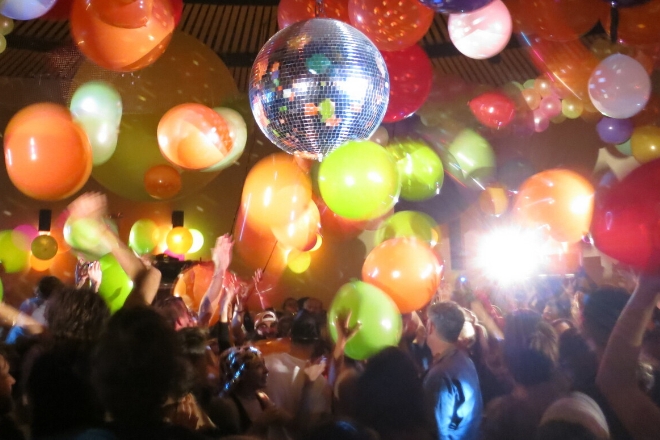
Mancuso lived in an orphanage for the first five years of his life and was cared for by a nun named Sister Alicia. In an interview with Tim Lawrence for the book ‘Love Saves the Day: A History of American Dance Music, 1970 – 1979’, Mancuso fondly recalled Sister Alicia’s party room; “It had balloons, crepe paper, a refrigerator, a piano, and a record player with records lying on the top. We would wear party hats and play games around these little tables. We were kids and we were bubbling with energy so she would get us together and have these parties. She gave parties as often as possible. I wouldn’t be surprised if it was every day, or at least every Saturday night.”
Read this next: Pump up the rainbow: Asia’s queer voices are louder than before
Mancuso then recreated the energy of Sister Alicia’s parties for orphans at his New York loft, “It was a childlike experience, not childish. You could let yourself go. It was a very safe environment. People could regain what might have been lost.” As this video from the BBC shows, colatecs appear to foster the same kind of energy as one of Sister Alicia’s parties.
The Loft, a bridge between the spiritual quests of the 1960s counterculture and the hedonism of 1970s disco, created the template for underground dance music culture, assisting in the birth of the Paradise Garage and later rave culture. I first attended a rave in Pittsburgh in 1995, and the euphoric combination of childlike wonder, utopianism, and community became my road to Damascus. After the conversion, there was no turning back.
What I didn’t think about back then but think about all the time now as I get older, is the impact of dancing on my body. In ‘Dancing is the Best Medicine: The Science of How Moving to a Beat is Good for Body, Brain, and Soul’, Dr. Julia F. Christensen and Dr. Dong-Seon Chang — who are considered to be “neuroscientists by day, dancers by night” — reveal that “although dance is often considered a simple courtship ritual for the attraction of mates, it’s actually so much more. Dance is an antidote to stress, a way to combat negative emotions, an elixir for the body, mind, and brain.”
‘Dancing is the Best Medicine’ provides an extensive description of all the great things that dancing does for the body: improves circulation, lowers blood pressure, improves posture and balance, strengthens the immune system, reduces inflammation, prevents diabetes, keeps fascia tissues supple, impacts hormonal balance, reduces stress, increases neuroplasticity, improves memory, increases creativity, reduces the risk for heart attack and stroke, aids in weight loss, improves mobility in Parkinson’s patients, and significantly reduces the risk of developing dementia.
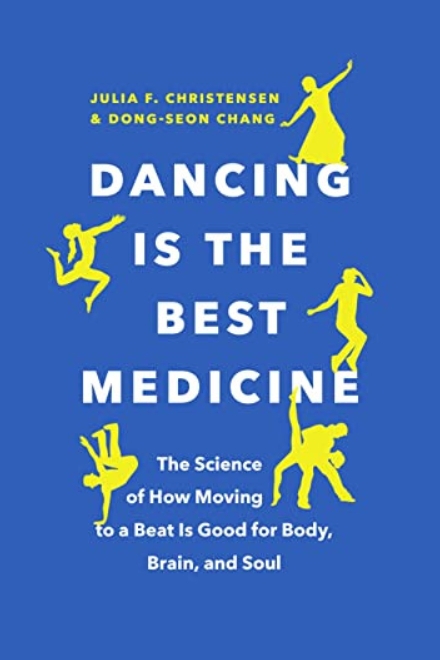
Dancing also helps people deal with anxiety, depression, and loneliness while intensifying feelings of empathy and connectedness to others. As the book mentions; "Synchronous dancing lets us literally merge with each other. When we dance in a group, we will eventually feel one with the group. . . We no longer perceive ourselves as separate individuals but as part of the larger whole: 'we' instead of 'I'.”
One of the most impressive sections of the book, “If One of Our Senses Is Missing,” explains the importance of dance to people who are blind; “Dancing involves the interplay of tactile-kinesthetic (touch and movement), auditory (hearing), and spatial (awareness of space) perception. Accessible to people who are totally or partially blind, dancing enables the integration of movement and expression in a holistic experience. This is why children with visual impairments can vastly benefit from dancing.”
Dancing is also something that deaf people can enjoy and benefit from, whether through sound vibrations or through acoustic signals which are translated into visual images. In an interview with the authors, Doris Geist, a deaf sign-language instructor and dance trainer, explains “For me as a deaf person, dance is the visual expression of what moves me inside, of what I feel. Whether you can hear or not is irrelevant in this regard. It’s about making the inner movement visible on the outside of my body.”
Read this next: 25 photos capturing the intimate energy of The Air House's forest rave
Histories of underground disco and rave culture often emphasize their inclusivity, but almost never include the experiences, desires, and cultures of disabled people, who are excluded from the narrative just as they are often excluded from dance floors.
Underground dance music scenes have a long way to go in terms of inviting disabled people to the party. Very few clubs, for example, are wheelchair accessible. The rave slogan PLUR (Peace, Love, Unity, Respect) should include everyone, regardless of physical ability.
Christensen and Chang point out via the book that the link between dance and health has often been celebrated throughout human history; “Did you know that in ancient Greece, Apollo was the god of dance and music, and of healing? And did you know that this combination of dance and healing has an important place in many mythologies? Wherever we look, gods and goddesses of dance are linked to healing and health.”
At the same time, dancing has often been stigmatized as immoral and degenerate. “Dance has known many adversities throughout recorded history… Over and over again, kings and political leaders have banned dance for social or political reasons, or both; dictators have banned assemblies out of fear of the crowd, punishing dance communities in the process; and so-called spiritual leaders have banned dance because it supposedly corrupts our mind. Dance has been accused of instigating social unrest and disease; dancers have been beaten with sticks and whips and called names like “degenerate.” Dance has been forbidden, considered a disgrace.”
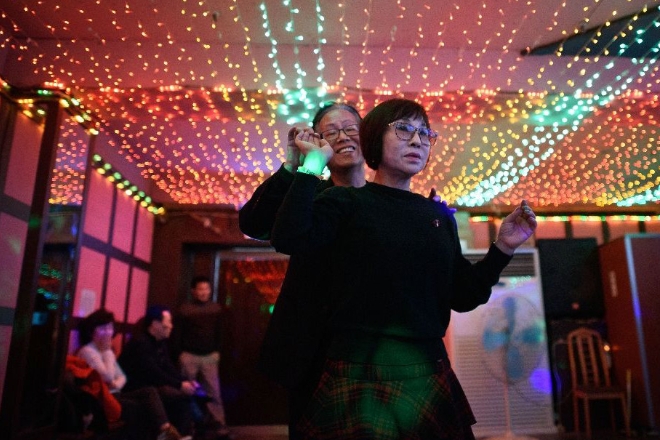
Many colatec regulars must negotiate the stigma associated with dancing. Ms. Han, a colatec regular for over 10 years, says that she has to keep her hobby a secret. "My children and grandchildren think that I just meet my friends over coffee or lunch. At my age, you never know how long you will live, and I'd like to enjoy the rest of my life to the full. But I tell no one I come here because a lot of people think colatecs are immoral."
Now that the pandemic appears to be winding down and dance music clubs, colatecs and festivals are coming back to life, all people, both young and old, should be able to dance smartly and without stigma. After the horror and sadness of the past two years, everyone is suffering in some way from post-COVID stress disorder. We need the healing powers of dance now more than ever.
[Images via: Reuters / Kim Hong-ji]
John R. Eperjesi is a literature professor at Seoul’s Kyung Hee University. Follow him on Instagram here.


